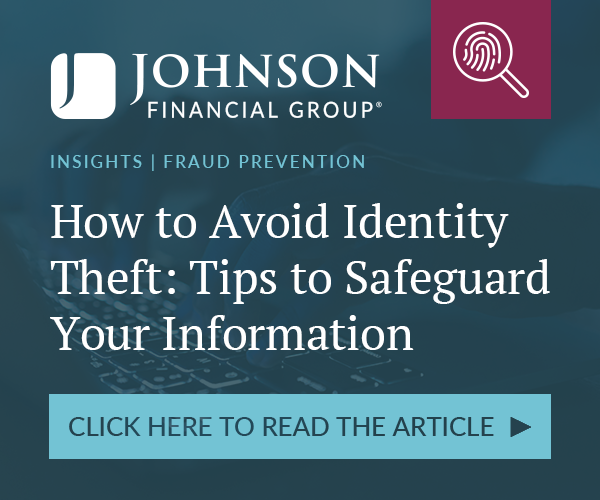Earlier this month, a massive data breach impacted millions of Americans, leaking sensitive information like Social Security numbers (SSNs), legal names, email addresses, and phone numbers.
National Public Data, a background check company, divulged details of the hack after a class action lawsuit alleged that anywhere between 30 million and 3 billion personal records may have been exposed. The breach occurred due to a sophisticated phishing attack that allowed hackers to access National Public Data’s servers, which were used to store credit report data and other sensitive information.
Those attackers didn’t just steal the data they compromised, though. They quickly tried to monetize it on dark web forums, fueling the threat of identity theft schemes and devastating financial crimes. National Public Data waited two weeks to reveal the breach, angering consumers and regulators.
What happens next?
The leak is already having widespread effects. For consumers, compromised Social Security numbers are a gateway to identity theft. Given the extensive use of SSNs in identity verification, this breach heightens risks related to financial, healthcare, and government sectors.
With stolen SSNs, hackers can open fraudulent accounts, apply for loans, and drain retirement savings, often before victims are even aware of it. Since SSNs are virtually impossible to change once they’re stolen, cybersecurity breaches like this one can expose individuals to potential threats for years.
The breach had a day-to-day impact on consumers, as well. Many reported fraudulent charges to their credit cards and checking accounts in the weeks after the breach, forcing financial institutions to expend time, resources, and money addressing fraudulent claims and solving operational issues as they try to verify which transactions are legitimate.
For businesses, the breach can lead to significant compliance challenges and costs. Companies that rely on SSNs for user authentication will face more pressure to implement robust identity verification processes. The incident could lead to stricter data protection regulations, particularly in sensitive industries, leaving business leaders scrambling to contain the short-term damage and address new long-term needs.
10 Steps to protect private information.
In the wake of this massive breach, cybersecurity experts are highlighting the need for heightened protection and stronger privacy. At CMIT Solutions, we’ve spent decades delivering IT support to thousands of businesses while navigating the complex cybersecurity landscape. Here’s what we recommend:
- Consider freezing your credit. If your Social Security number has been compromised, a credit freeze is a critical line of defense. Taking this step prevents creditors from accessing your credit report, making it nearly impossible for thieves to open new accounts in your name. If you need to apply for a loan or a new credit card, you can lift the freeze with a secure PIN and a little legwork. However, the extra work is a small price to pay for the peace of mind that a credit freeze provides. To be fully effective, you must freeze your credit at all three bureaus—Equifax, Experian, and TransUnion—since each operates independently.
- Monitor activity on your financial accounts. Regularly check credit card transactions and bank statements for any signs of unauthorized transactions. If you see anything unusual, alert customer service at your bank or credit card issuer—your information has likely been breached. It’s also important to monitor utility bills, subscription services, and loan ledgers linked to your personal information.
- Sign up for fraud alerts. Activating these alerts is usually easy, offering consumers immediate notifications of large transactions or suspicious activity. Some services even allow you to set spending limits that trigger an alert when topped. The faster you catch suspicious activity, the quicker you can mitigate damage and prevent the next round of fraudulent activity.
- Enable multi-factor authentication (MFA) on every account. MFA adds a critical layer of security, requiring both your password and a second form of verification, like a text message code or fingerprint scan. This significantly reduces the risk of unauthorized access, even if your SSN and password have been compromised. Turn MFA on for all financial, email, and social media accounts, and consider using authenticator apps that centralize requests and offer more robust protection.
- Be wary of phishing scams related to the breach. In the wake of a major cyber incident like this one, phishing attacks that target leaked data spike. Cybercriminals may impersonate banks, government agencies, or colleagues to trick you into revealing more sensitive information. Be skeptical of unexpected emails or messages, especially those asking you to click links or download attachments. Check for subtle signs of fraud, like typos in the subject line or body copy or mismatched email addresses between the sender’s name and domain.
- Step up your digital protection. Using strong, unique passwords is essential—but managing them can be overwhelming. A reliable password manager can generate and store complex passwords across all your accounts, eliminating the temptation to reuse easy-to-remember credentials on different platforms. Additionally, sensitive files should be encrypted and stored in multiple locations. A trusted IT provider can help with version control, cloud synchronization, and access restoration in the event of a data breach.
- Keep software, hardware, and firmware regularly updated. Cyberattacks often exploit vulnerabilities in outdated software. Every operating system, application, and device should be kept up to date with the latest security patches. You can work with a trusted IT provider to enable automatic updates during off-peak hours and apply regular firmware updates to devices like routers, modems, and printers.
- Beware of public Wi-Fi. Avoid accessing sensitive accounts, like banking apps, over public Wi-Fi networks, which are prime targets for hackers using man-in-the-middle attacks. If you must use public Wi-Fi, consider using a Virtual Private Network (VPN) to encrypt your data and ensure your internet activity remains private.
- Shred physical documents. Most people think digital data is most at risk, but physical copies of sensitive paperwork are vulnerable, too. Shred any paperwork containing your SSN, credit card information, or financial details before discarding it. This simple step can prevent dumpster divers from getting their hands on your data.
- Stay informed about evolving threats. Cybersecurity is a moving target, and knowledge is key to making the right decisions. A trusted partner like CMIT Solutions can help your company leverage the latest trends in technology and recognize broader threats before they threaten your business. We help thousands of companies around North America to stay one step ahead of attackers.
While data breaches have become all too common, the fallout from this National Public Data incident underscores the importance of proactively protecting your digital identity. Taking these steps now can prevent headaches in the future and close off common avenues that cybercriminals exploit.
At CMIT Solutions, we believe in a proactive approach to cybersecurity, taking action before a problem occurs rather than waiting until after the damage is done. If you have questions about the latest Social Security number breach or need help determining whether your data was compromised, contact us today.







